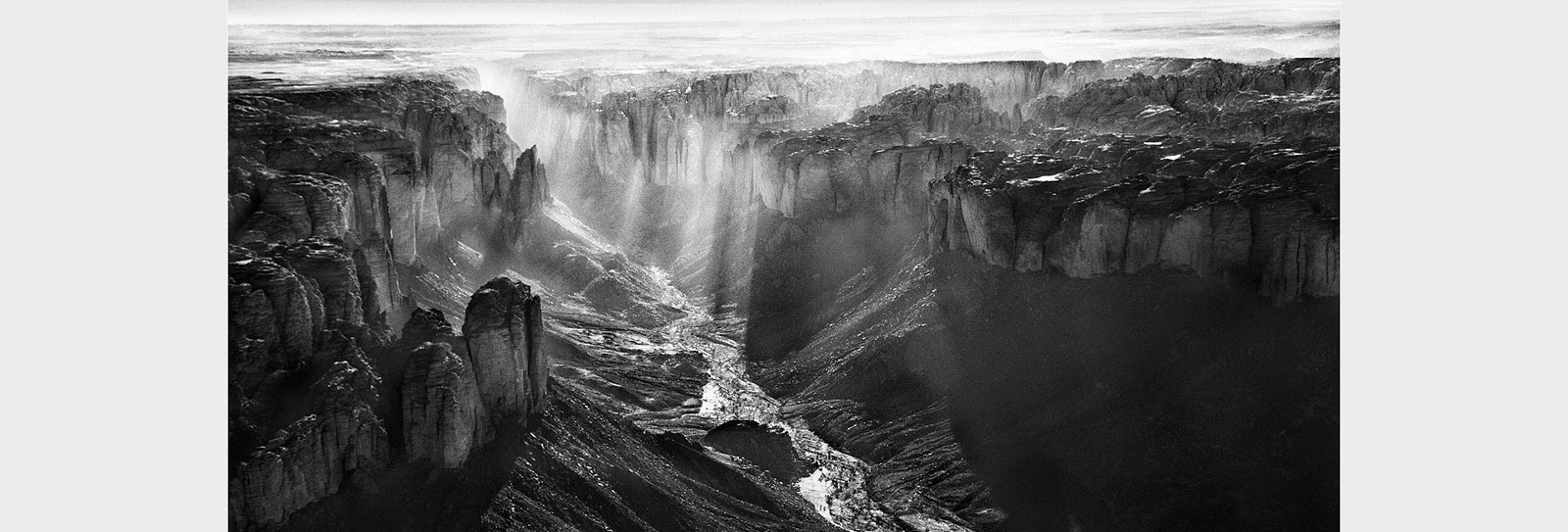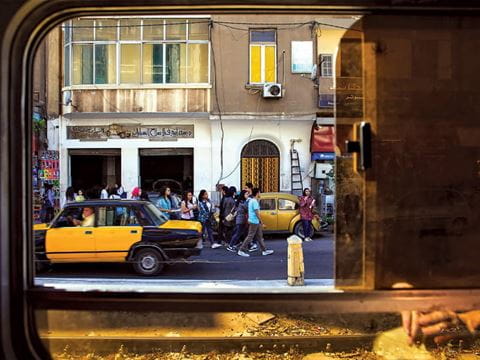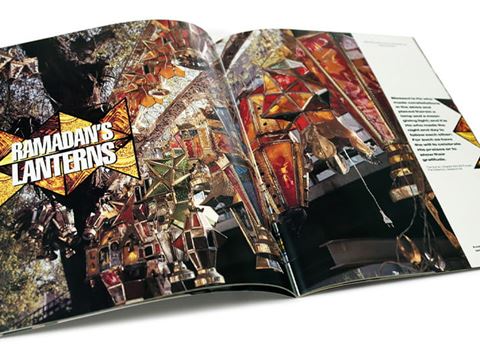
FirstLook: Tassili n’Ajjer National Park
At first impression, the Sahara appears to be lifeless, with golden sand dunes stretching out as far as the eye can see. Yet it is one of the places where I have felt closest to the past of humanity. —Sebastião Salgado
At first impression, the Sahara appears to be lifeless, with golden sand dunes stretching out as far as the eye can see. Yet it is one of the places where I have felt closest to the past of humanity.
We were fortunate during this part of a journey in southeast Algeria to have a helicopter made available by the Algerian army for some 12 hours over Tassili n’Ajjer National Park, a UNESCO World Heritage Site of outstanding scenic, historical and geological interest. It has one of the largest and best-preserved groupings of prehistoric cave art in the world, more than 15,000 drawings and engravings that record climatic changes, animal migrations and the evolution of human life on the edge of the Sahara from 8,000 to about 1,500 years ago. It is also, in parts, an island of life that harbors the endemic Saharan cypress, one of the rarest trees in the world.
From on high, it was possible to see how this vast plateau ends abruptly in what resembles a cliff face that in turn is slowly being eaten away by erosion. As compacted sand disintegrates, it adds to the desert. In other areas, deep ravines have been cut through the plateau by rivers that flowed thousands of years ago.
—Sebastião Salgado
You may also be interested in...

How to Discover Egypt From the Inside Out
Arts
Rather than just telling travelers where to go, the guidebook Egypt: Inside Out by Trevor Naylor offers an inside-out perspective that evokes the experience of being there, inviting readers to embrace an almost meditative travel discipline of slowing down to take in the details and complexities of Egypt, moment by moment.
Saudi Camel Festival by Norah AlAmri
Arts
This photo series began unexpectedly when I found that photographing people behind windows and maintaining a distance made me, and the people I photographed, feel more comfortable. I purposefully frame myself in the reflection of the window to see into the space I’m photographing. I feel every window tells a different story.
Find Ramadan Lanterns on Cairo's Streets with John Feeney
Arts
In the March/April 1992 issue, writer and photographer John Feeney took AramcoWorld readers on a walk through the streets of Cairo during Ramadan.